Plant of the Month: Snowdrops (Galanthus)
Whether you spot them in a small clump or as a beautiful white carpet, nothing quite beats the first sight of snowdrops each year. Their distinctive flowers invite you to crouch down and inspect them closely. They are a joyful sign that spring is not far away.
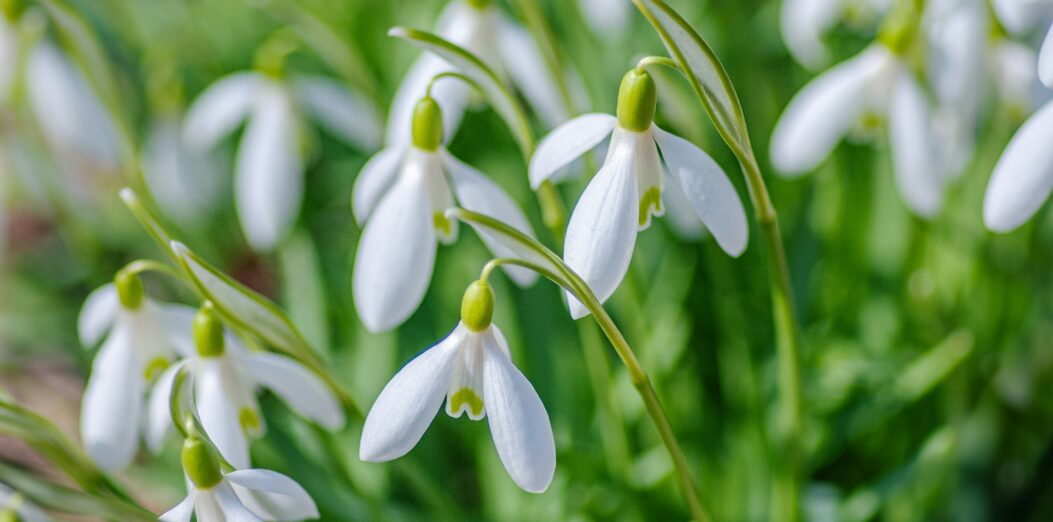
Galanthus, commonly known as the Snowdrop, are a hardy perennial which herald the start of spring. They bloom as early as January and February, no matter the weather, even emerging through snow covered ground.
Appearance
- A distinctive and recognisable plant with small, white bell shaped flowers that hang over grass like leaves. They’re often seen as a carpet of white under trees.
- There are over 500 named varieties of Snowdrop, although apart from avid collectors, most gardeners will only recognise the single or maybe double flower varieties.
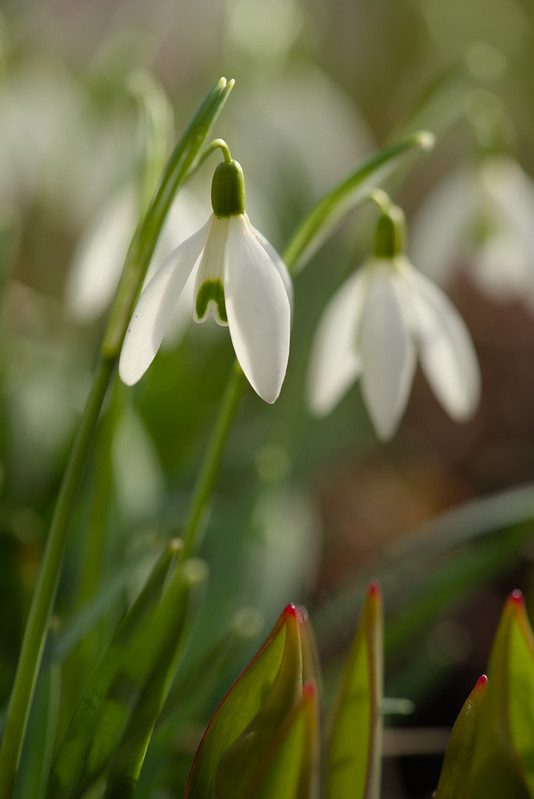
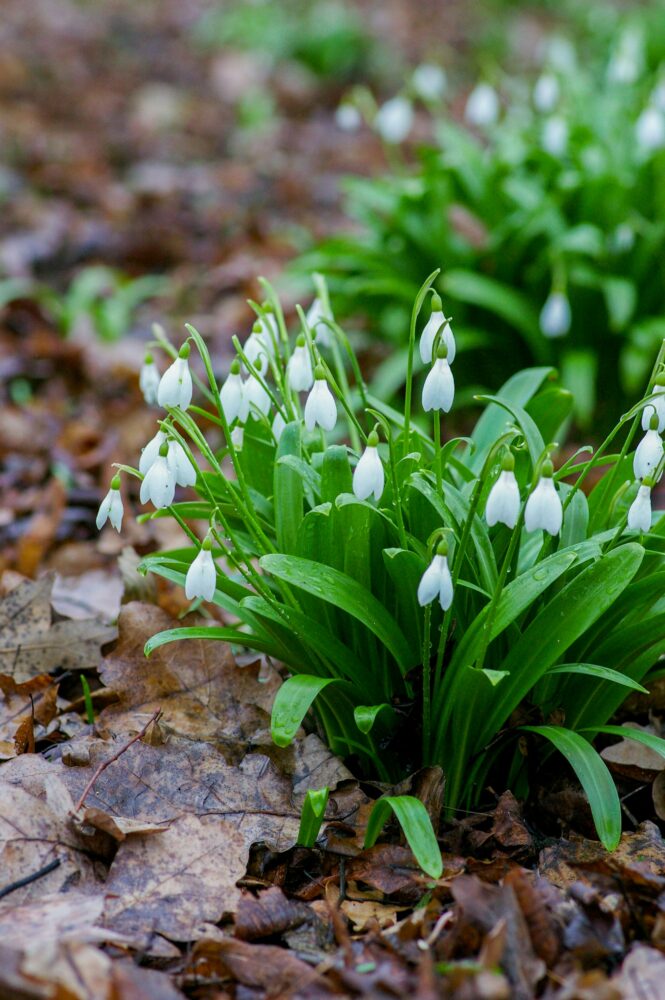
Where to Plant Them
- Snowdrops thrive in moist but well drained soil in partial shade and they look best planted in groups to form a carpet of colour.
- Try planting them at a base of a tree or hedge; on a rockery; in grass; or at the front an herbaceous border to add a splash of colour before spring and summer flowers appear.
- They do well in pots if you are short of space, but they do not like to grow in soil that dries out in summer and will need repotting annually.
Pests and Diseases
- If planting snowdrops as bulbs in autumn, squirrels and mice may dig them up.
- Covering the area you have planted with wire will allow them to establish without being disturbed.
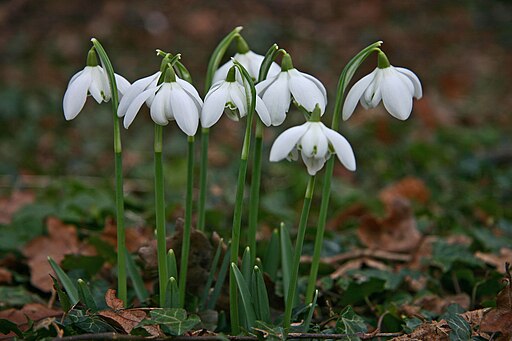
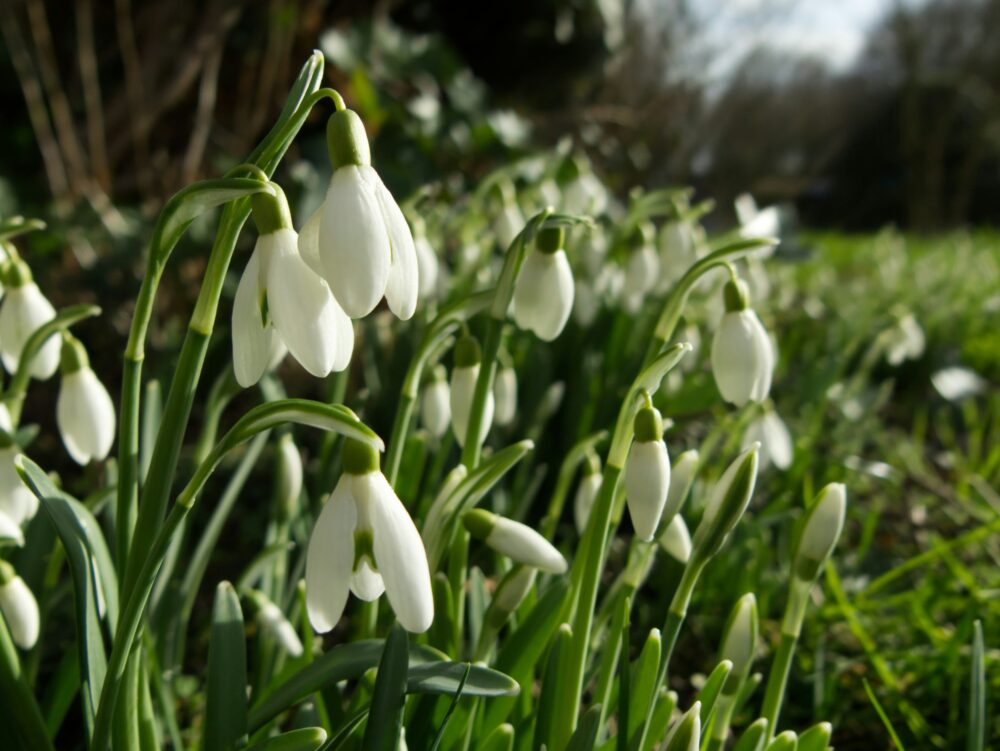
Plant Care
- Snowdrops are best planted in the green in February and March. with a higher success rate than planted from bulb in autumn. Plant snowdrops just after they have finished flowering and before the leaves turn yellow.
- Plant Snowdrops the same depth they were in the pot or when you lift them. Once established there is no maintenance required.
- Allow foliage to die back to ensure nutrients return to the bulb.
- Divide established clumps every few years.
Varieties to Consider
- Galanthus nivalis: this is the most common and widely available variety. This genus comes in single and double flower varieties.
- Galanthus elwesii: also known as ‘giant snowdrop’ as it grows larger than other varieties.
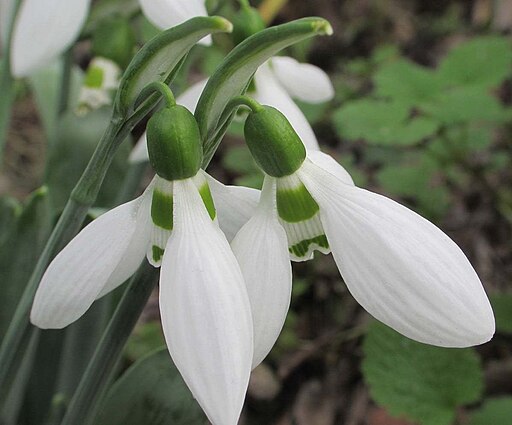
We hope you’ve found this blog both interesting and useful. For more plant inspiration, please do check out our ALDA blog. From planning a new border to a complete garden remodel, at ALDA we pride ourselves on transforming ideas into beautiful reality, with minimum disruption. If you’re based in or around the Reading and Newbury area, we’d love to meet and discuss your project in detail – book your free no-obligation garden consultation today.
Image Credits: